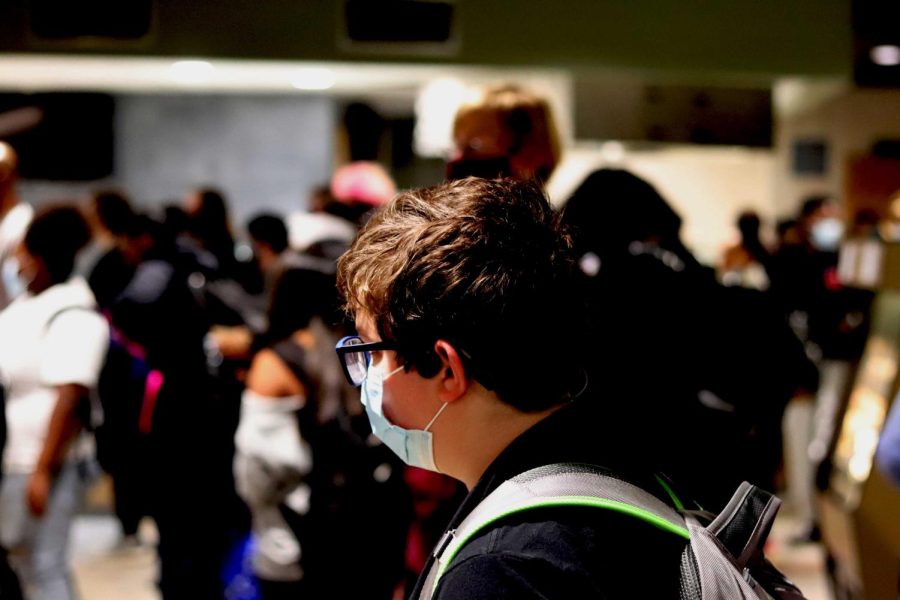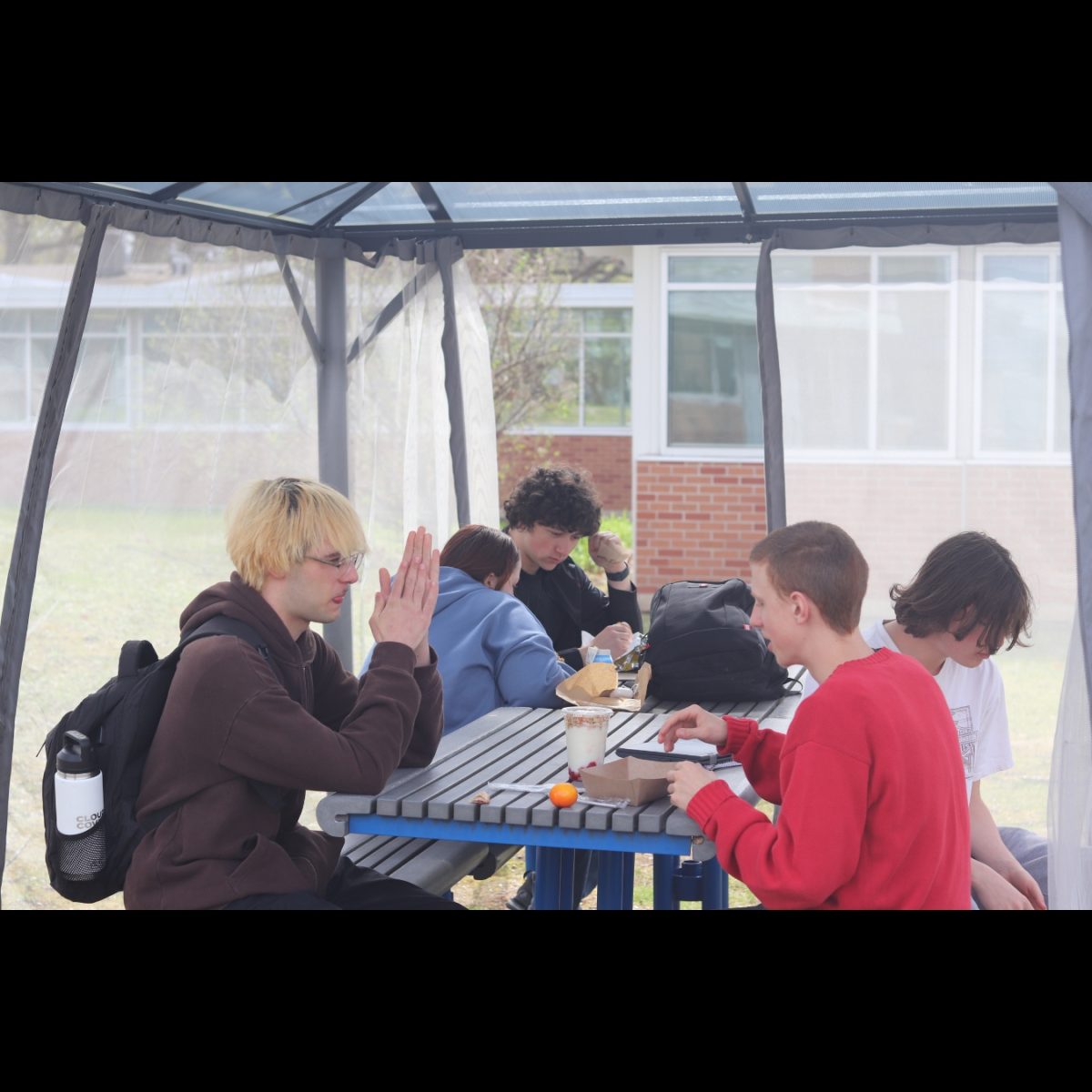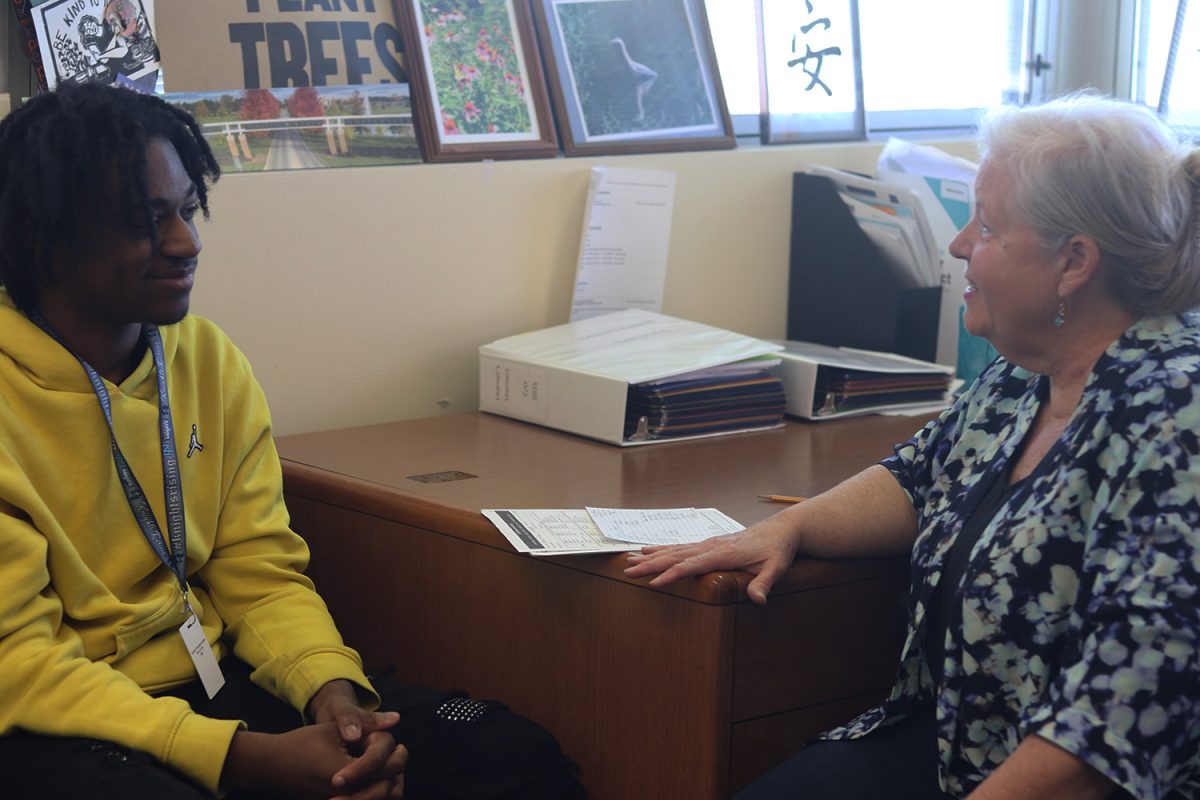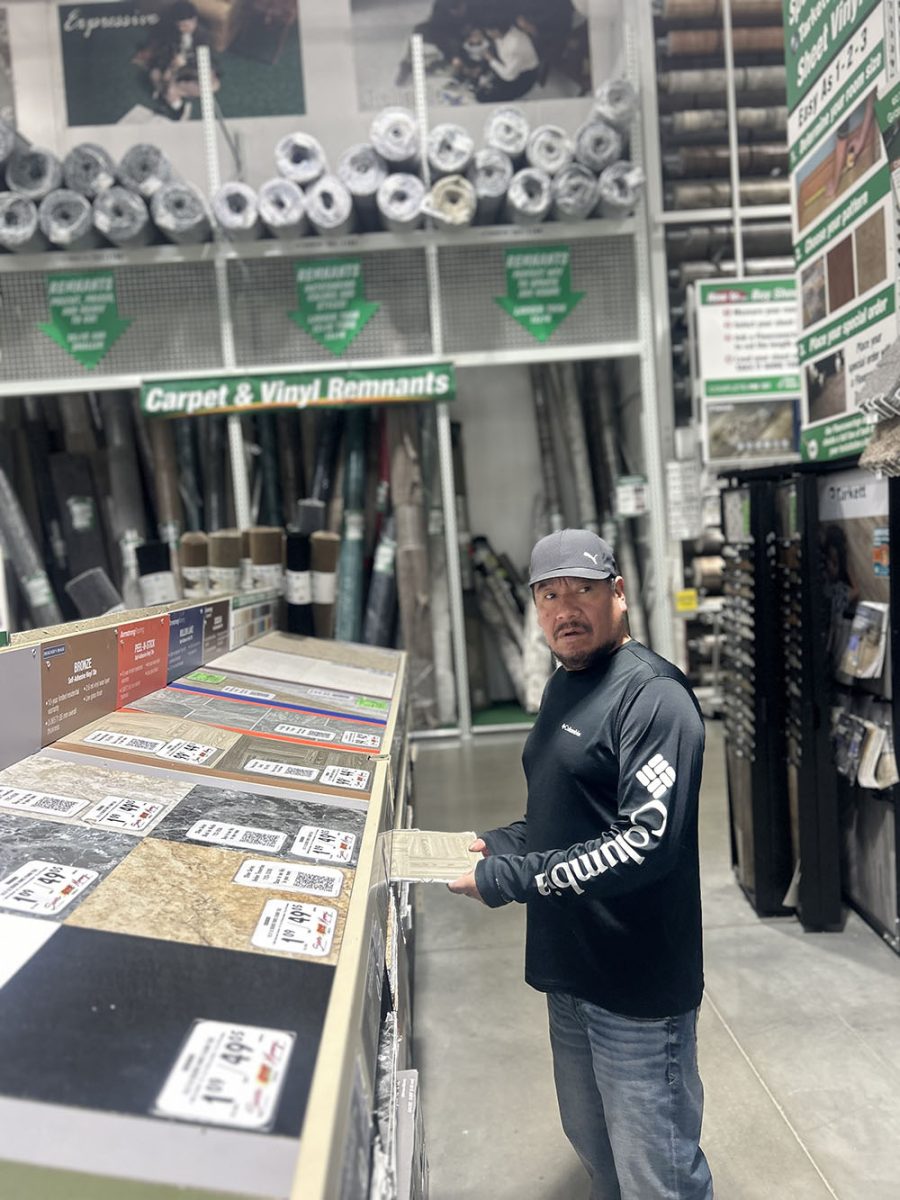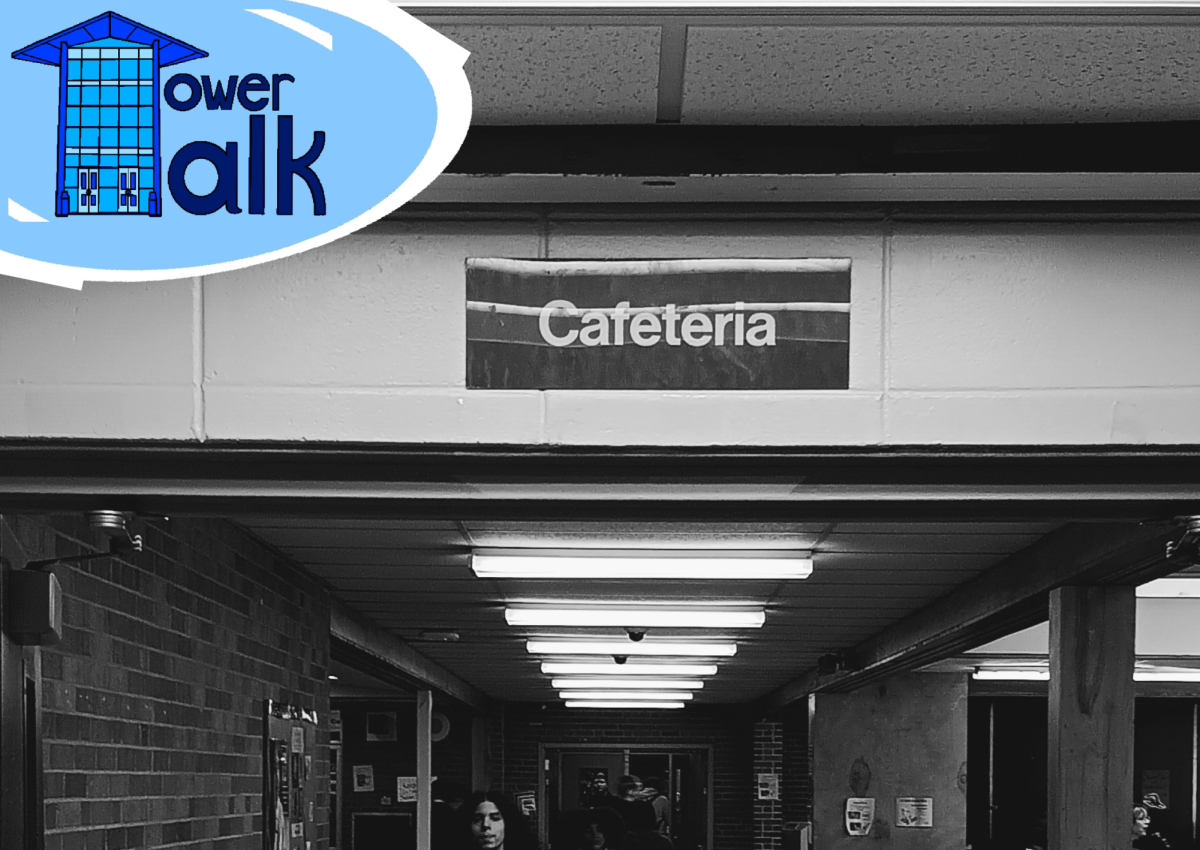KPS going through district-wide food shortage
Credit: Thea Pipe
Student patiently waits to get a sub sandwich in crowded line before the sub option runs out.
October 16, 2021
Schools across the country are going through a school lunch drought, which is causing a big conflict as many students depend on school food as a source of nutrition two times a day for the five days a week that we are in school.
Kalamazoo Public Schools has been working with the same company, Chartwells, to provide meals to approximately 13 thousand students in Kalamazoo Community. These students are spread out over the space of thirty schools that are being provided with breakfast and lunch.
Nationwide labor shortages throughout the United States have caused the food supply chain to be disordered. There aren’t enough workers to transport products from the warehouses to the staff assembly or to drive trucks.
“It’s not fair, it’s very sad that we can’t get what we need to feed all of the students,” said Arlina Wheaton, who works in the Loy Norrix kitchen during lunch.
This issue has gotten the attention of the United States Agriculture Department, and on September 29, 2021, they announced that they will be allocating 1.5 billion dollars to address the food supply chain shortages.
However, “The USDA is not sure how or when the money will be sorted out as well as unsure if the money will be sufficient enough to actually fix the shortage,” wrote Katie Lobosoco and Tami Luhby in the article USDA sends schools $1.5 billion to relieve student lunch crunch from CNN.
The manufacturers that produce food to keep the supply chain balanced have been suffering through a manufacturing problem, and a pile-up in the supply chain of the system is also affecting the industry that supports where KPS gets their food from. “The most common problem would be the discontinued menu items, delayed deliveries, or deliveries that contain a small fraction of what was actually ordered” Washington Post writer Laura Reiley discusses.
“Supply chain disruptions have been affecting industries across the country,” said Christina Haller, the director of KPS’s Chartwell District Manager. “These disruptions are tied to the COVID-19 pandemic, which continues to affect employment in manufacturing and distribution. Industries including food and foodservice, as well as construction and automotive, have been impacted by the manufacturing and labor shortages across the country in ways that we’ve never experienced before.”
“Many food producers that served schools in bulk for in-person schools have not gotten back into the production of products made specifically for lunch in the cafeterias because of the time when in-person schools closed down in the spring of March 2020. They have been slow to reinstitute,” Labosco and Luhby CNN anchors wrote in the story “USDA sends schools $1.5 billion to relieve student lunch crunch.”
KPS has been going through the effects of the food chain shortage, which has students adapting to the various changes.
“I really want to eat at school and save money from buying my own lunch, but the options at school aren’t really there anymore, so I am going to start buying my own food and bringing it to school instead,” senior Alivia Poxinder said.
“At Kalamazoo Public Schools, Chartwells staff continues to provide high-quality meals, but as many students have seen there have been and will be frequent menu changes based on the product availability—or lack of availability—from our suppliers,” said Haller.
KPS has been keeping lunch on the tables to serve students and keeping enough food to make sure that everyone at least has some food at the different serving centers at Loy Norrix, but the options are slowly running out, making students want to change where they get their food from.
“We ration, preserve and stick to [portions of] every meal that we serve so that we know we aren’t over-serving,” said Wheaton.
Although the food service here in the cafeteria has been working to the best of its ability to fill all of the stations, the lack of options is running out with the same nutritious food choices being served day after day.
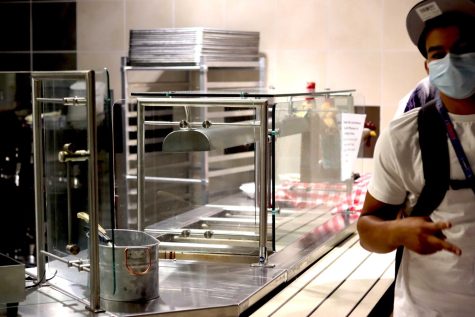
Chartwells service helpers take the time every day to clean the tables in between lunches, cook the food during lunch as well as before first lunch begins, then after everyone leaves the cafeteria go around all of the tables and clean them.
Nobody knows entirely when the food shortage will come to an end, but until then Loy Norrix faculty are working their hardest to serve hot and nutritious meals the best way they can.
“We know this is a challenging time for students, who miss some of their favorite meals, but we are working hard to address those shortages. We thank everyone for their patience,” said Haller.


